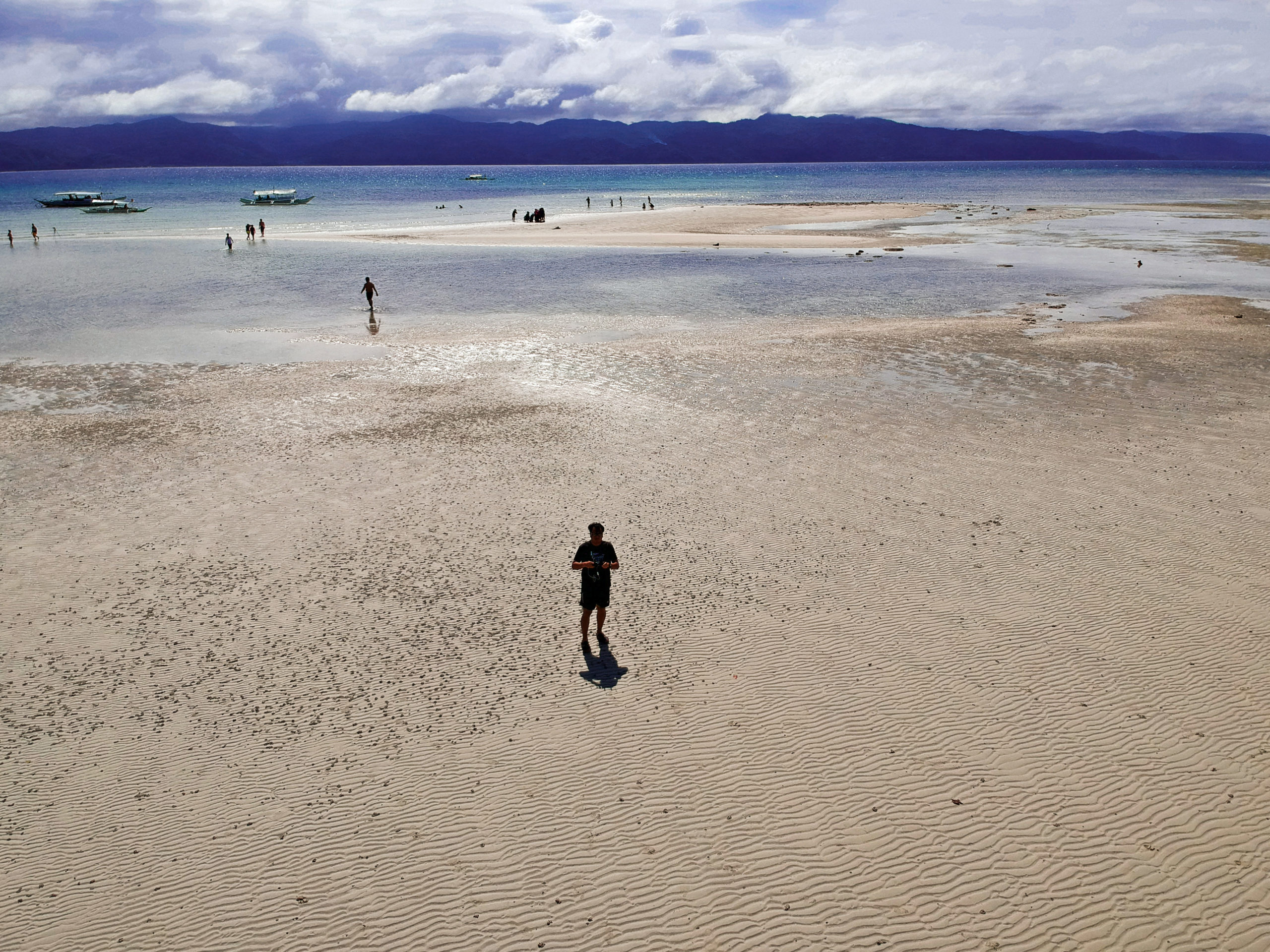
TOURISM GEM Cagbalete Island in Mauban, Quezon, has been attracting at least 200,000 tourists yearly before the pandemic struck, boosting the local economy. The local government is reopening its tourism gem this week as quarantine restrictions start to relax. —DANNY ORDOÑEZ/CONTRIBUTOR
MANILA, Philippines — Cagbalete Island, one of Quezon province’s leading tourist destinations, will reopen to local visitors starting Feb. 5 as Mauban town resumes tourism activities to help its economy amid the Covid-19 pandemic.
Visitors should book their trips at least three days in advance and arrive at the port in their private vehicles, officials announced on the Facebook page of Mauban News, the official publication of the local government.
They are also required to present valid identification cards and negative results of reverse transcription-polymerase chain reaction tests taken at least 72 hours before their visit. Cashless or online payments are encouraged as a health precaution.
Anabelle Calleja, Mauban tourism officer, said the “soft opening” of Cagbalete, known for its white sand beaches and clear waters, would initially accommodate local tourists. The island can be reached through a 45-minute boat ride from the port.
Cagbalete used to host more than 200,000 local and foreign tourists annually. When the Covid-19 pandemic broke out in early March last year, the town’s tourism sector lost millions of pesos in revenue.
As of Tuesday, Mauban had recorded 387 Covid-19 cases, with only two active cases.
‘Travel bubbles’
Alberto Bay, Quezon tourism officer, said that aside from Mauban, the cities of Lucena and Tayabas, and the towns of Sariaya, Dolores, Candelaria, Tiaong, Pagbilao, Padre Burgos, San Antonio, Real, Infanta, Atimonan and Lucban have reopened their tourist spots to locals and nonresidents.
Bay said the local governments were following the guidelines issued by the Inter-Agency Task Force for the Management of Emerging Infectious Diseases, Department of Tourism (DOT) and Department of Trade and Industry to ensure the safety of residents and visitors.
“The DOT and the province are in the process of creating travel bubbles for tourists using technology on contact tracing and cashless or contactless transactions,” he said, referring to a system where foreign tourists from countries with low or zero Covid-19 cases would be allowed to visit select destinations in the Philippines. —DELFIN T. MALLARI JR.